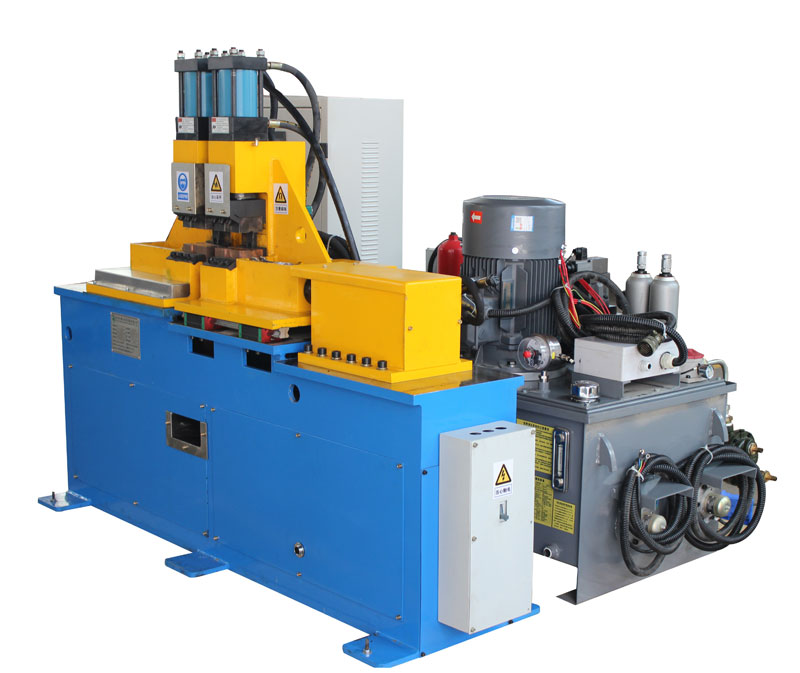The Role of Pneumatic Cylinder in Butt Welding Machines
The pneumatic cylinder is a critical component in butt welding machines, contributing to their efficient operation and precise welding performance. Understanding the role of the pneumatic cylinder is essential for welders and professionals in the welding industry to optimize welding processes and achieve reliable weld results. This article explores the significance of the pneumatic cylinder in butt welding machines, highlighting its functionalities and importance in the welding process.
The Role of Pneumatic Cylinder in Butt Welding Machines:
- Clamping and Holding: The primary role of the pneumatic cylinder in butt welding machines is to provide clamping and holding force to secure the workpieces in position during the welding process. When engaged, the cylinder exerts pressure, ensuring stable and accurate fit-up of the workpieces for precise welding.
- Controlled Electrode Movement: The pneumatic cylinder is responsible for controlling the movement of the welding electrode. It enables the smooth and controlled withdrawal of the electrode from the joint during the welding process. This controlled movement contributes to uniform heat distribution and consistent weld bead formation.
- Adjustable Welding Pressure: The pneumatic cylinder allows for adjustable welding pressure, which is essential when welding different materials and varying thicknesses. By regulating the pressure, welders can optimize the fusion and penetration at the joint interface, ensuring strong and durable welds.
- Speed Control: The pneumatic cylinder facilitates speed control of the electrode withdrawal, providing welders the flexibility to adjust welding parameters for different welding scenarios. Proper speed control enhances weld quality and ensures compatibility with various joint configurations.
- Safety and Reliability: Incorporating a pneumatic cylinder in butt welding machines enhances safety and reliability during welding operations. The cylinder’s precise control prevents workpiece misalignment and minimizes the risk of welding defects, ensuring consistent and high-quality welds.
- Automation Integration: The pneumatic cylinder’s compatibility with automation systems allows seamless integration into automated welding processes. This feature enhances welding efficiency, reduces manual intervention, and promotes consistent weld quality in high-volume production.
In conclusion, the pneumatic cylinder plays a pivotal role in butt welding machines, providing clamping force, controlling electrode movement, offering adjustable welding pressure, enabling speed control, enhancing safety, and supporting automation integration. Its functionalities are crucial in achieving efficient and reliable welding operations, ensuring precise fit-up, uniform heat distribution, and consistent weld bead formation. Understanding the significance of the pneumatic cylinder empowers welders and professionals to optimize welding processes, meeting industry standards and customer requirements. Emphasizing the importance of this essential component supports advancements in welding technology, contributing to excellence in metal joining across diverse industrial applications.
